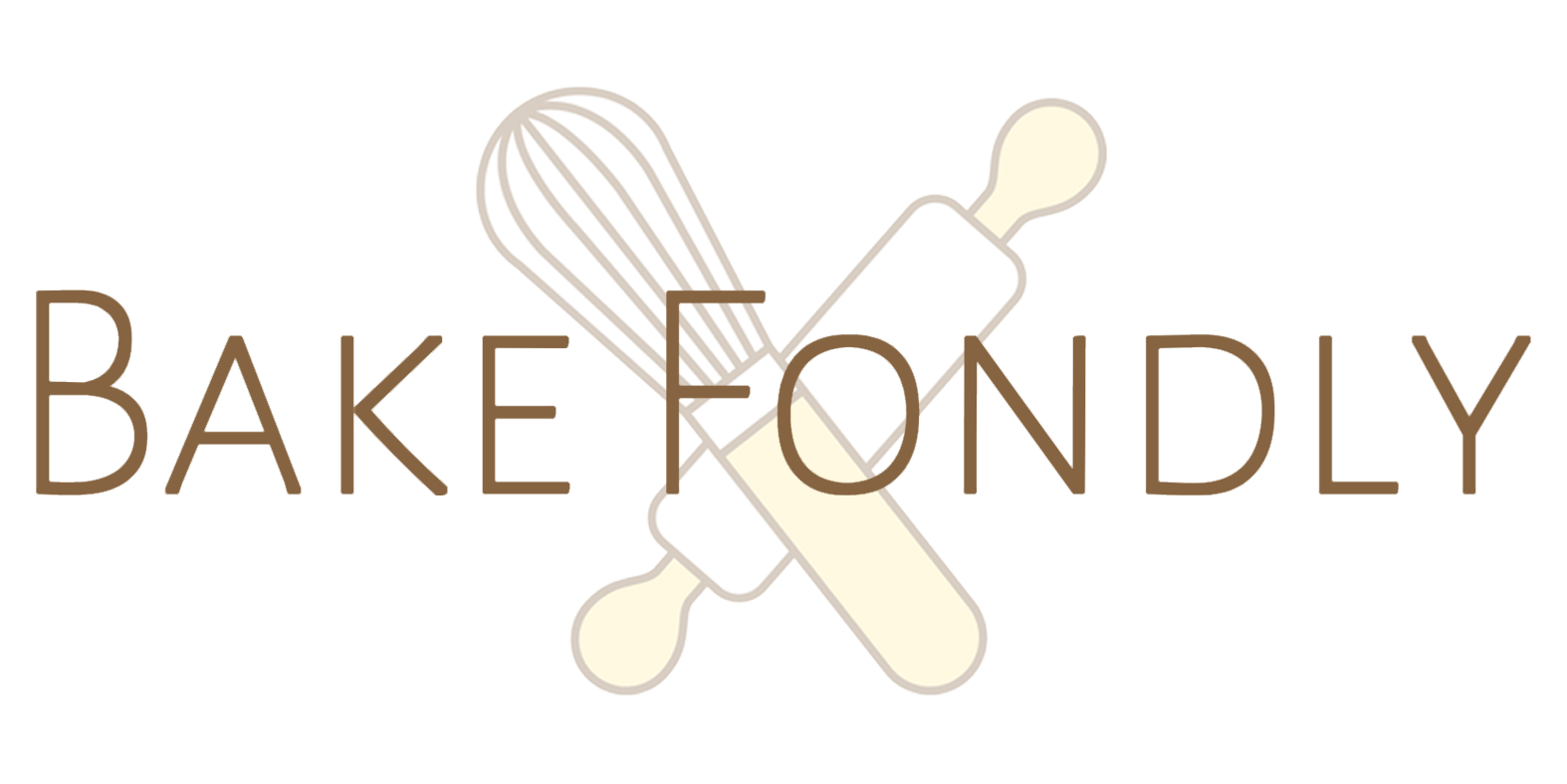The mixing method of a cake recipe can determine the texture, method of preparation, and overall appearance of your final product. The difference between a pound cake, a lemon chiffon cake, and a jelly roll cake require different ingredients, techniques, and mixing procedures. Knowing the differences between each category of cake will ensure your success in all cake baking endeavors!
Cake Concepts:
Creaming Method Cakes
Reverse Creaming Method Cakes
Fatless Sponge Cakes
Genoise Cakes
Chiffon Cakes
Creaming Method- Any cake that calls for a softened fat such as butter or shortening and for sugar to be mixed as the first step is a creaming method cake. Often the most common and broad category of cake, including cupcakes, some layer cakes, pound cakes, bundt cakes, and various loaves and panned cakes, creaming method cakes are easy to master as long as you mix the sugar and softened fat long enough. The most common mistakes for any creaming method confection is to have the wrong temperature of fat and to not mix the sugar and fat enough. The more you cream the fat and sugar together, the better the sugar dissolves and the more air is incorporated into the butter, resulting in a well-leavened product. Eggs and other liquids are mixed in next, and be sure to do so slowly and with ideally room temperature eggs to aid in your mix. Your flour should be the last ingredient mixed in, and do so quickly as to limit gluten development which can toughen your final product.
Reverse Creaming Method- Some layer cakes and pound cakes recommend using this mixing method in contrast to the creaming method if you desire a finer crumb and less rise in the baking process. Ensure your fat is softened, and mix with flour in with your fat until all your flour is evenly coated with fat. The key to success with the reverse creaming method is to inhibit gluten development by coating the flour with fat, which makes it more difficult for liquid to aid in the gluten development process as you do the rest of your mix.
Genoise- A Genoise is categorically a sponge cake, using whole eggs instead of separated eggs whipped with sugar to incorporate air as the main leavening source.
Chiffon- Another sponge cake variety, which uses separated eggs both whipped to maximum volume, as well as oil, to create a luscious and delicious cake.
Fatless Sponge- Calling for either separated eggs or whole, the main defining quality is no addition of butter or oil and a very short bake time to ensure the cake doesn’t dry out.
